Last updated: May 19, 2025
Article
Kalaupapa and Kalawao Settlements Cultural Landscape

NPS
Overview
The Kalaupapa and Kalawao Settlements cultural landscape is located on an isolated peninsula on the weathered north coast of the Hawaiian Island of Molokai, within Kalaupapa National Historical Park. Here, the first Hansen’s Disease (leprosy) colony in American history was established in response to an epidemic that swept the Hawaiian Islands in the mid-1800s, and the physically isolated peninsula became home to thousands of exiled people afflicted by Hansen's Disease. Over time, the character of the landscape evolved to reflect the needs and choices of the residents during and after the historic period of significance.Kalaupapa National Historical Park encompasses the entire peninsula, bounded to the west, north, and east by the Pacific Ocean, and to the south by the pali, a geological formation composed of some of the world’s tallest sea cliffs.
The park “honors the mo’olelo (story) of the isolated Hansen’s disease (leprosy) community by preserving and interpreting its site and values. The historical park also tells the story of the rich Hawaiian culture and traditions at Kalaupapa” that extend more than 800 years. As of 2020, Kalaupapa Settlement remains home to a community of seven patients and eighty kōkua (helpers), most of whom are employees of the State of Hawaiʻi Department of Health (DOH) or National Park Service (NPS) personnel.

NPS / Historic American Buildings Survey (HABS HI-85-D)
Landscape History
Based on oral traditions and archeological evidence, it is believed that Makanalua peninsula, later known as Kalaupapa peninsula, was the site of a major battle over fishing rights between the chiefs of the Kekaha and Koʻolau districts of Molokai during the early eighteenth century. The Kekaha chiefs, backed by Kualiʻi, a chief from Oʻahu, prevailed in the battle, resulting in the Kekaha and Oʻahu chiefs taking control of Molokai.The landscape shows evidence of use of the colluvial soils in the valley bottoms and along the base of the pali, as agricultural complexes with irrigated terraces dating to as early as 1200 AD. Many of these complexes retain components of the wetland agriculture that is found throughout the Hawaiian Islands, such as walled enclosures, diversion channels, and ditches. When the settlement was established at Kalawao in 1866, access to fresh water and areas where taro could be grown remained an important agricultural activity. After 1200 AD, archeological research suggests that people were using both the wetter valleys and some areas of the peninsula for dry land farming, particularly cultivation of sweet potatoes. Marine resources were harvested along the shoreline during this time, indicated by the presence of materials found at early habitation sites and shelters.
It is not known exactly when leprosy first arrived in Hawaiʻi, or how it arrived, but the presence of the disease was brought to public attention by the Board of Health around 1863. In an effort to prevent the further spread of the disease in the Hawaiian Islands, King Kamehameha V signed an act on January 3, 1865 that authorized his government to isolate anyone having the disease.
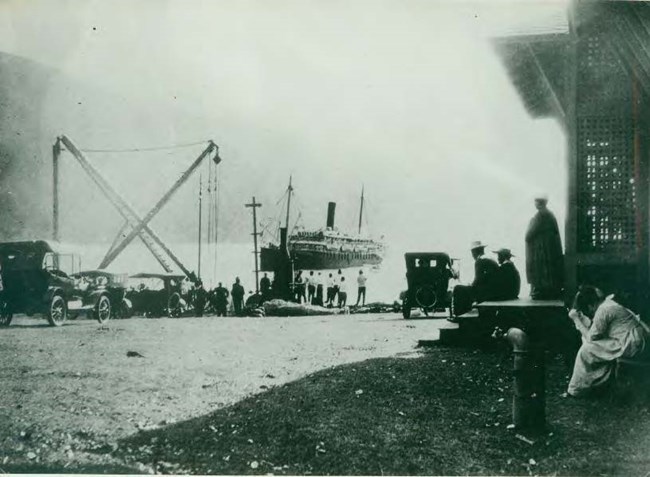
Kalaupapa Historical Society, in Cultural Landscape Report.
Although the Kalaupapa landing strip has now made travel to and from the peninsula easier, access during the early period was only possible by boat or over the steep pali trails that connected the peninsula with the rest of Molokai. This unique physiographic setting made the Kalaupapa Peninsula seem like an ideal place to isolate thousands of people afflicted with Hansen's Disease.
On January 6, 1866, the schooner Warwick departed for Molokai, carrying the first twelve leprosy patients to be sent to the settlement. The patients were left at the mouth of Waikolu Valley to make their way to Kalawao. The original inhabitants of the peninsula—all of whom would be removed from the peninsula in 1894—had owned land and houses, which were purchased by the government, and these arrivals and other early residents of Kalawao moved into fifteen to twenty empty properties.
The Kalawao settlement was abandoned over the course of several decades, starting in the 1880s. The community slowly relocated to the western side of the peninsula where weather conditions were more favorable. By the early 1890s Kalaupapa was the center and activity of the settlement.
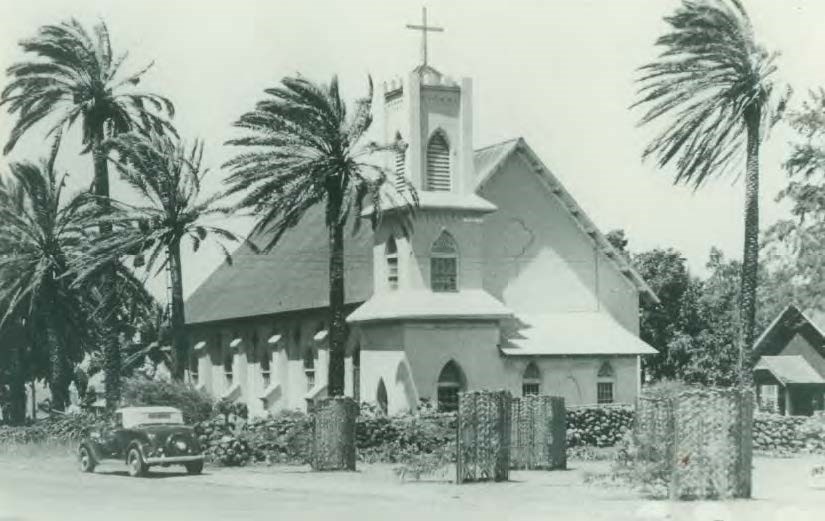
KALA Kalaupapa Historical Society Album H PG 14 #829, in Cultural Landscape Report.
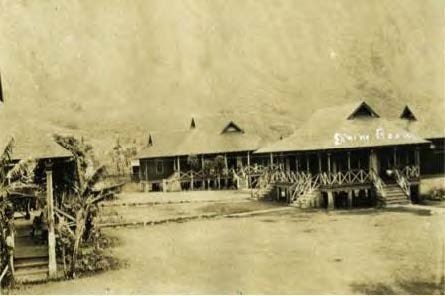
KALA Potter Collection KALA 17429, in Cultural Landscape Report.
Bay View is one example of the internally-focused group home complexes in Kalaupapa. Largely constructed between 1915 and 1917 and originally designed with five similarly-scaled buildings arranged to form a central open space, Bay View is comprised of a cluster of dormitories, a kitchen, and a dining hall.
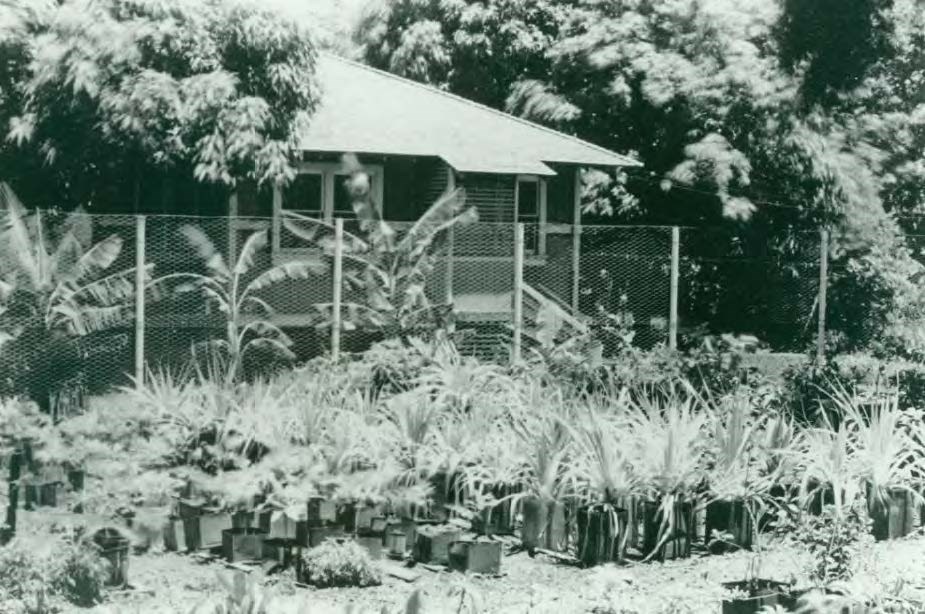
KALA Kalaupapa Historical Society Album G PG 24 #704, in Cultural Landscape Report
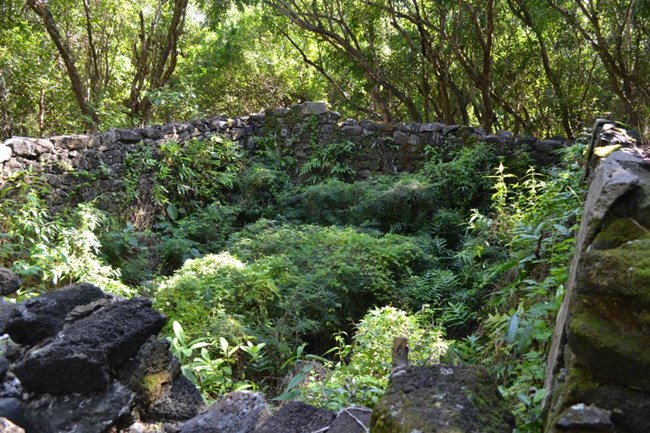
NPS (2017)
The peninsula of Kalaupapa became the home to an estimated 8,000 people until the isolation policies were abolished in 1969. Following the development of sulphone drugs that halted the advancement and communicability of Hansen’s Disease, resident-patients could leave their enforced isolation. Although the landscape period of significance ends in 1969, the history of the Kalaupapa and Kalawao Settlements continues to evolve through the lives of residents who remained or still reside on the peninsula today.
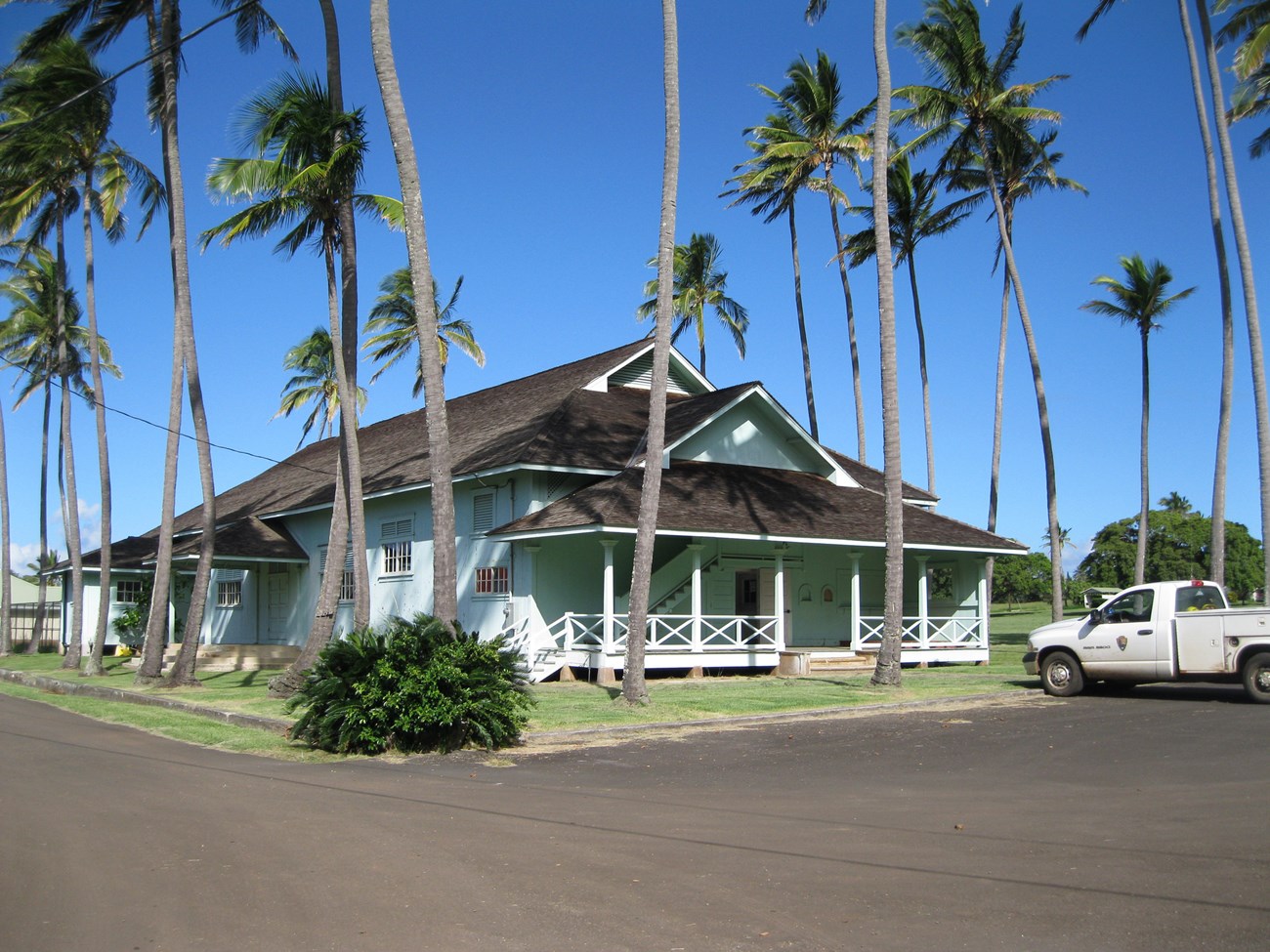
NPS
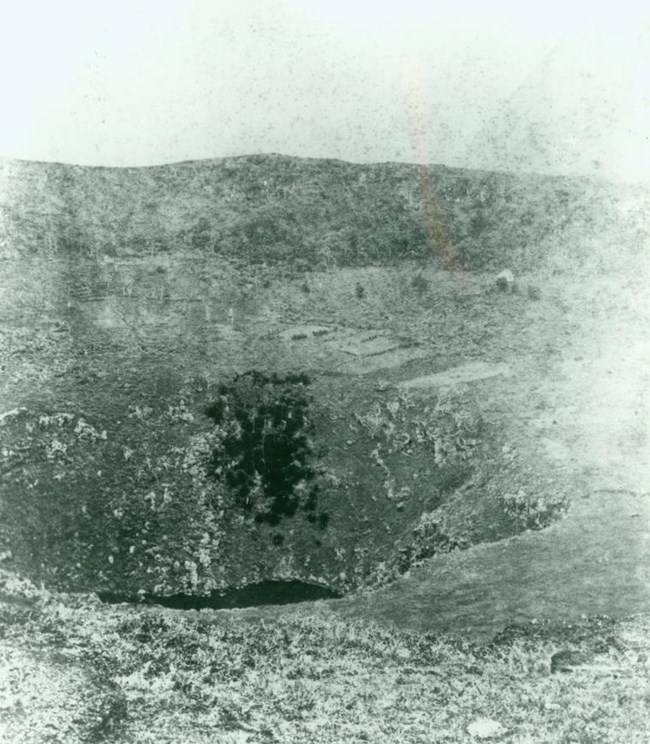
KALA Kalaupapa Historical Society Album C PG 31 #407. In Cultural Landscape Report.
Kauhakō Crater Area
Prior to establishment of the settlement at Kalawao, Polynesian settlers established sweet potato farms inside the crater using a method of terracing that remains evident today. Evidence of various traditional Hawaiian habitation sites, rock shelters, and storage enclosures have been documented within the crater by archeologists. The crater also appears to have been used as a burial place. According to one patient, “just going in there you feel the presence” of those earlier peoples.The area of the cultural landscape is generally vernacular in character. The stone burial ground enclosures and associated grave markers reflect local construction methods and materials, and appear to date to the late nineteenth and early twentieth centuries. The unimproved road is also a vernacular expression that was added in the 1930s to facilitate visits to the crater rim, where religious ceremonies were conducted. The evidence of earlier agricultural and dwelling activity belies a long-lost heritage of lifeways. The most formal element of the Kauhakō Crater character area is the concrete cross, erected in 1956.
Landscape Preservation
The purpose of the Kalaupapa and Kalawao Settlements Cultural Landscape Report (CLR) is to support NPS efforts to preserve, manage, maintain, and interpret the significant heritage associated with Kalaupapa National Historical Park, with particular focus on the cultural landscape.The areas of the park included in the cultural landscape study include the Molokai Light House at the northern end of the peninsula, Kamehameha Street/Airport Road; a cluster of patient-owned Beach Houses and four cemeteries at ‘Īliopi‘i; eight cemeteries at Papaloa; Barrel Field; a row of residences that edge Kamehameha Street; clusters of administrative, operational, residential, medical, and service features comprising the core of Kalaupapa Settlement; the Pali Trail trailhead and features located within the vicinity of the New Baldwin Home site; the Damien Road corridor that extends east from Kalaupapa Settlement; features associated with Puʻu ʻUao volcanic cone and the associated Kauhakō Crater to the north of the road; the Kahaloko Cemetery and the Ambrose Hutchison House Area to the south; as well as the core area of Kalawao Settlement along the eastern shoreline.

NPS, Kalaupapa and Kalawao Settlments Cultural Landscape Report
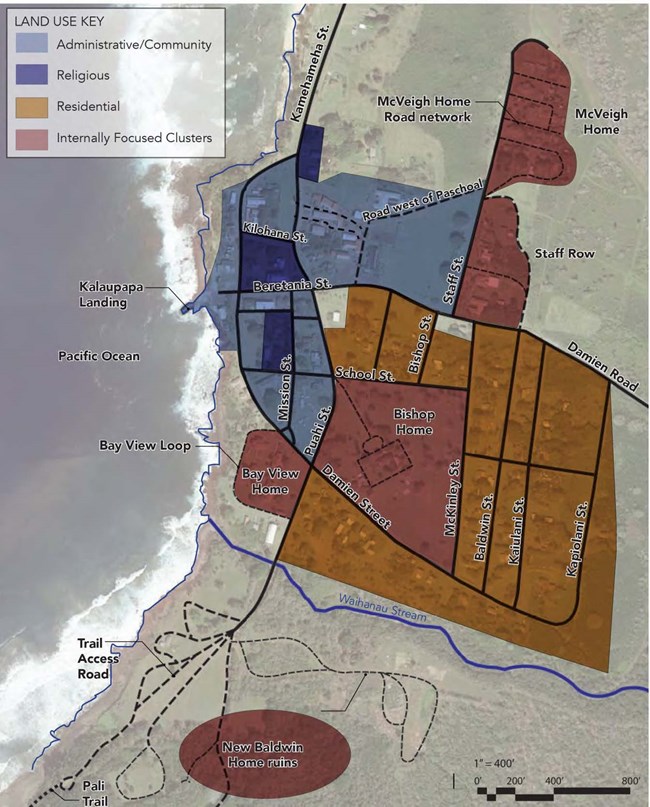
NPS
This CLR is unique for its Cemetery Management Plan, included as an appendix to the report, which provides documentation and management strategies for twenty ethnographic and historic cemeteries and isolated gravesites within the study area.
Additionally, the treatment recommendations emphasize stewardship of Kalaupapa’s lands and resources in collaboration with the park’s many partners, addressing features from the historic plant materials to the rock walls.
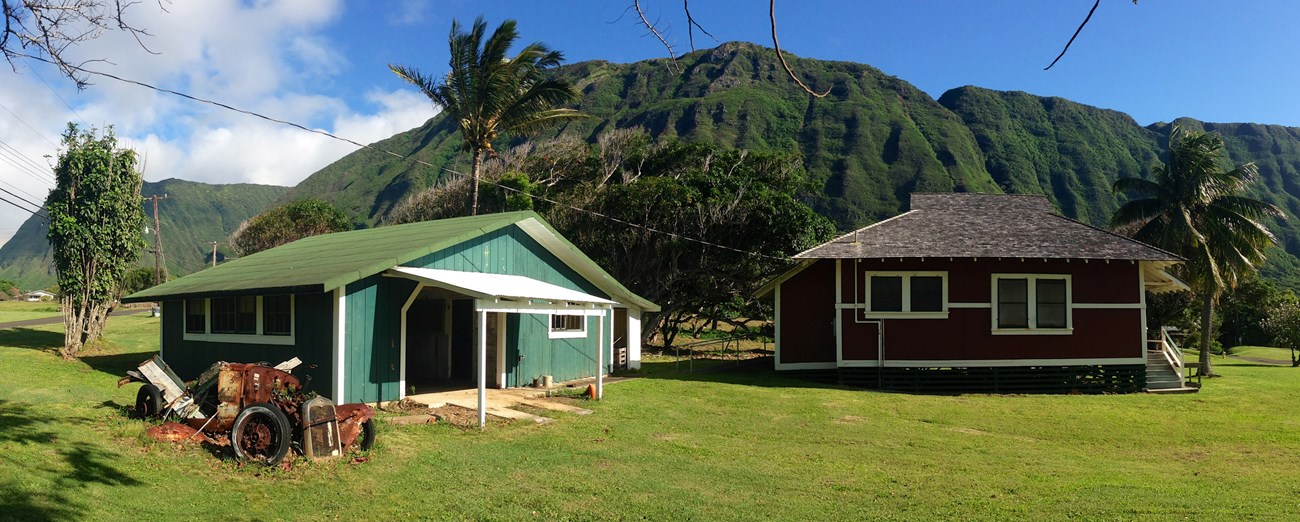
NPS
Quick Facts
- Cultural Landscape Type: Historic Site
- National Register Significance Level: National
- National Register Significance Criteria: A, B, C, D
- National Historic Landmark
- Period of Significance: 1866-1969
